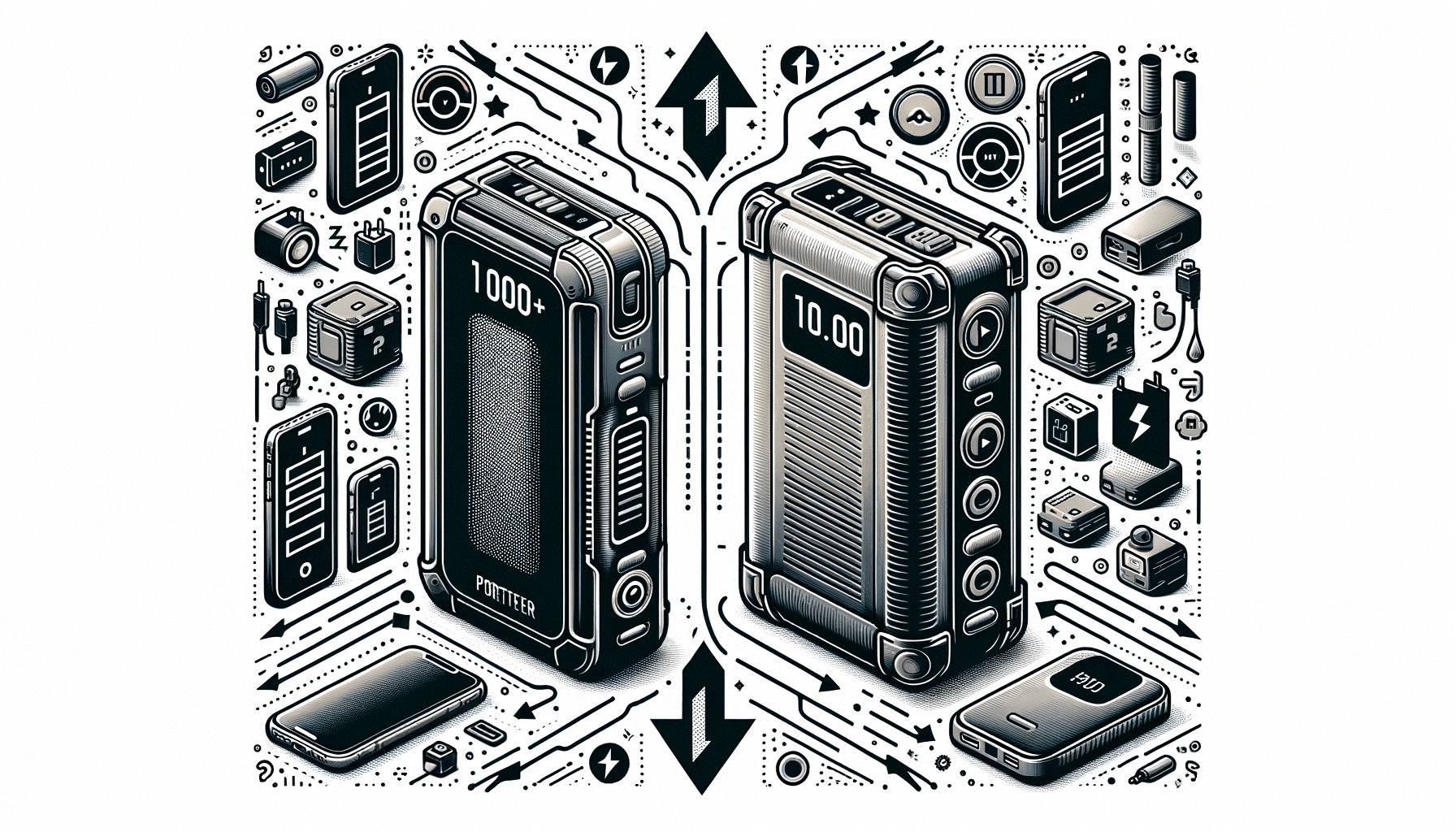When it comes to choosing a portable power station, the abundance of options can be overwhelming. Two of the most noteworthy contenders in the market are the Bluetti AC60 and the EcoFlow River Mini. Both are designed to cater to the needs of the outdoorsy and emergency-preparedness crowd, but they come with their own set of features that could make or break your decision. Let’s dive into a detailed comparison of these two portable powerhouses to help you figure out which one might be the best fit for your adventures or backup power needs.
Key Features Comparison
Power Capacity and Battery Life
The Bluetti AC60 boasts a hefty 403Wh capacity which can be expanded up to 2,015Wh with additional modules. This means you can potentially run more demanding devices for longer durations. Equipped with LiFePO4 batteries, the AC60 promises over 3,000 charge cycles with a notable 600W of inverter rated power, capable of a surge to 1,200W. On the flip side, the EcoFlow River Mini offers a modest 210Wh capacity with an NCM battery rated for 500 cycles and a 300W (600W surge) pure sine wave AC output, making it suitable for less power-intensive needs.
Charging Options and Speed
Both units present multiple ways to charge, including AC, solar, and car charging. The Bluetti AC60 features fast turbo charging which can fully charge the device in about an hour, while the River Mini isn’t far behind, taking 1.5 hours to charge via AC. The River Mini, however, offers a unique advantage with its wireless version, supporting USB-C and wireless charging.
Portability and Environmental Resistance
With a travel-friendly design, both the Bluetti AC60 and the River Mini ensure easy transport and resilience in outdoor settings. The AC60 ups the ante with an IP65 rating for dust and water resistance, which could be a determining factor if you’re dealing with tougher environmental conditions.
Device Compatibility and Usage
Output ports are plentiful on both models, ensuring compatibility with a wide range of devices from smartphones to portable fridges. With its higher power output, the Bluetti AC60 can handle more robust appliances, while the EcoFlow River Mini’s diverse port selection, including exclusive features on the wireless model, still holds ample versatility for general use.
Durability and Warranty
Durability is key in portable power stations, and Bluetti reflects this by offering a solid 6-year warranty, an indicator of their commitment to long-term reliability. EcoFlow’s stance on durability isn’t stated as prominently, which may be an area to explore further for potential buyers.
| Feature | Bluetti AC60 | EcoFlow River Mini |
|---|---|---|
| Battery Capacity | 403Wh – 2,015Wh (expandable) | 210Wh |
| Weight (approx.) | 9.1kg / 20.06lbs | 2.85kg / 6.3lbs |
| Dimensions | 290mm x 205mm x 234mm | 9.8 x 5.5 x 5.2 inches |
| AC Output | 600W (1,200W surge) | 300W (600W surge) |
| Charge Cycles | 3,000+ before 80% capacity | 500 cycles for 80%+ capacity |
| Fast Charging | Full charge in ~1 hour | 80% in 1 hour |
| Port Variety | Multiple output ports | 2 AC, 1 DC, 3 USB-A (Wireless: +USB-C, Wireless Pad) |
| Environmental Rating | IP65 Dustproof & Water-resistant | No official rating |
| Warranty | 6 years | Undisclosed |


Final Thoughts
Ultimately, the decision between the Bluetti AC60 and EcoFlow River Mini boils down to individual requirements. The AC60 shines in its high power capacity, expandability, and robust build, favoring longer, more demanding expeditions or extensive backup power needs. The River Mini holds its own with its lightweight form factor and speedy charging, better suited for less intensive applications and more casual outings. Whichever you choose, ensure it aligns with your power needs, expected usage scenarios, and the value you place on features such as warranty and environmental resistance.


Leave a Reply